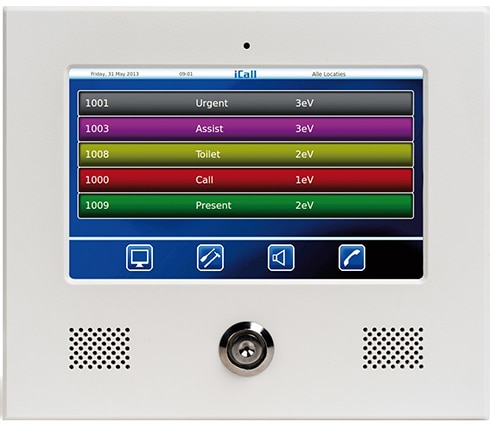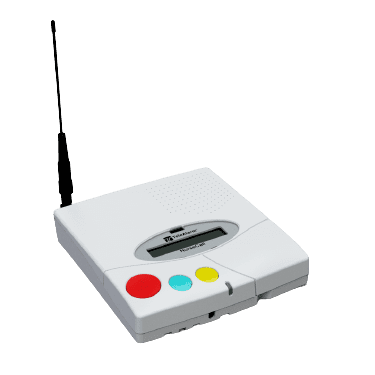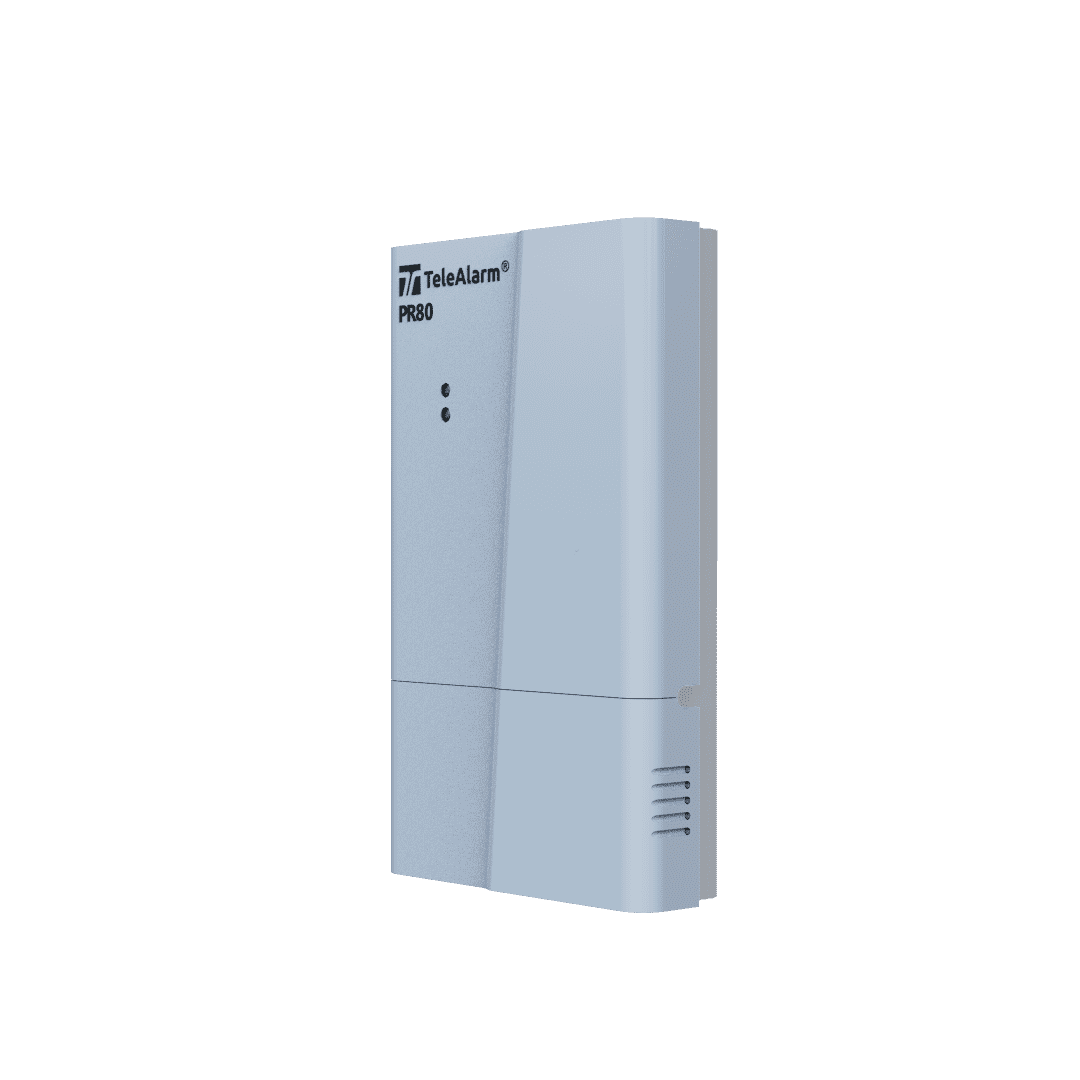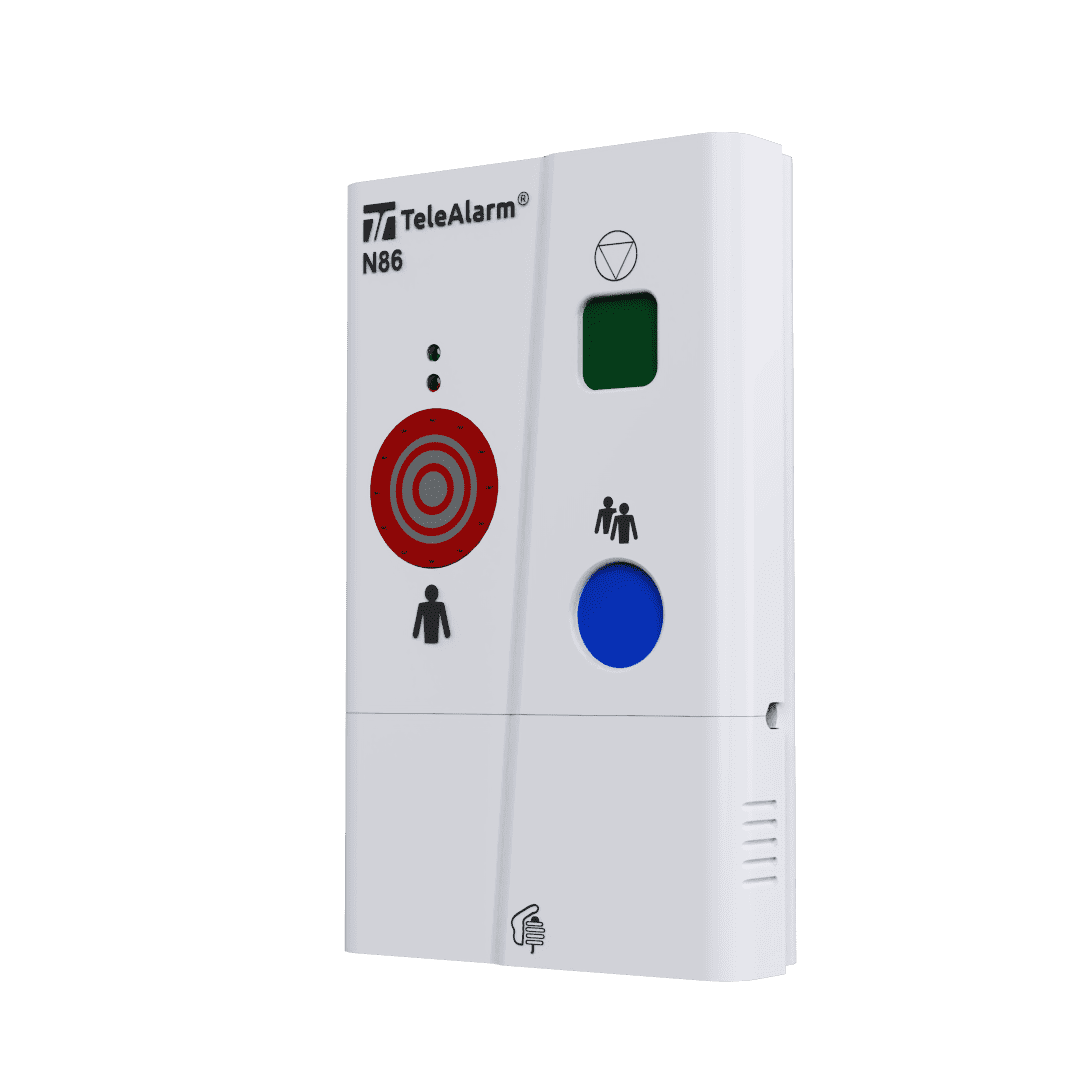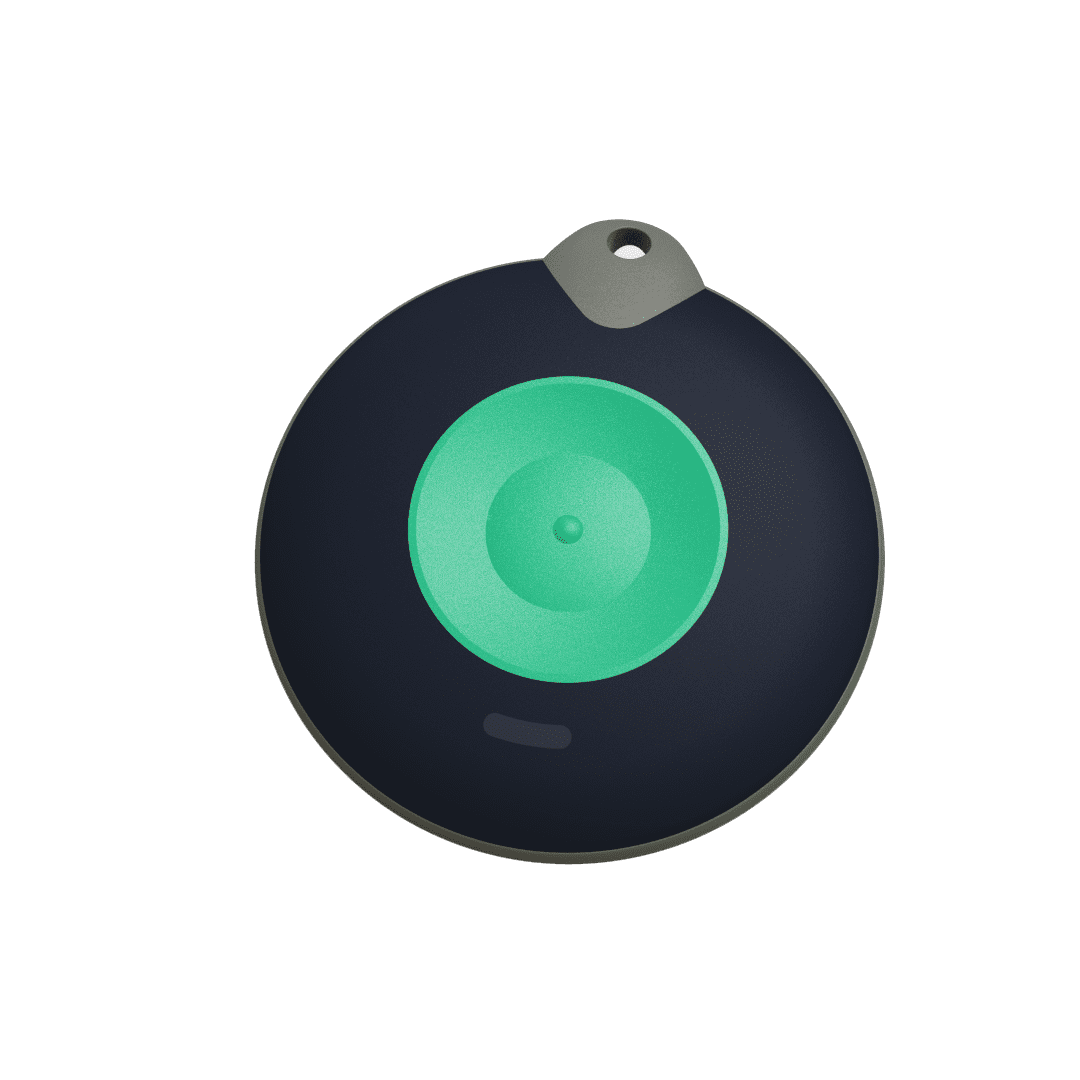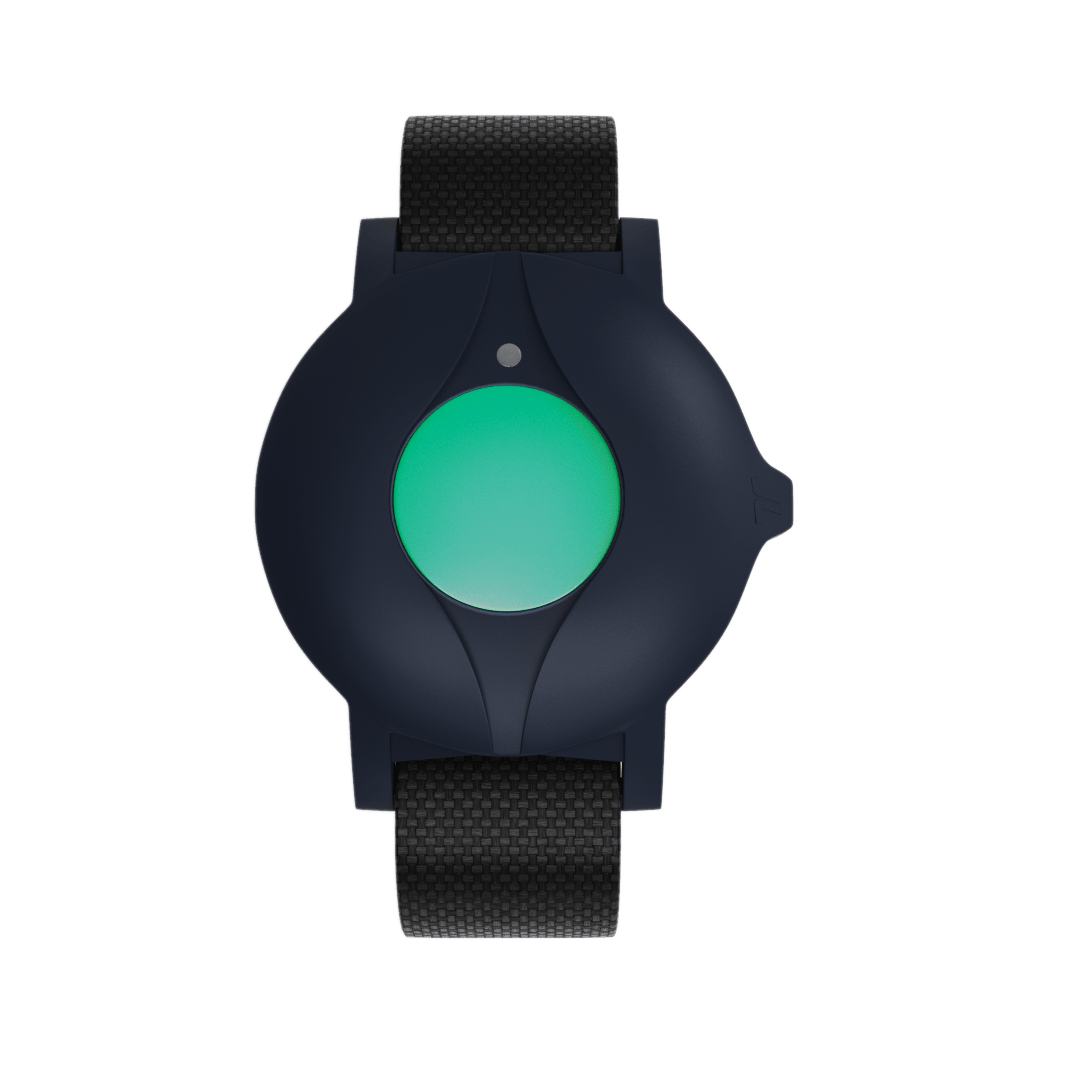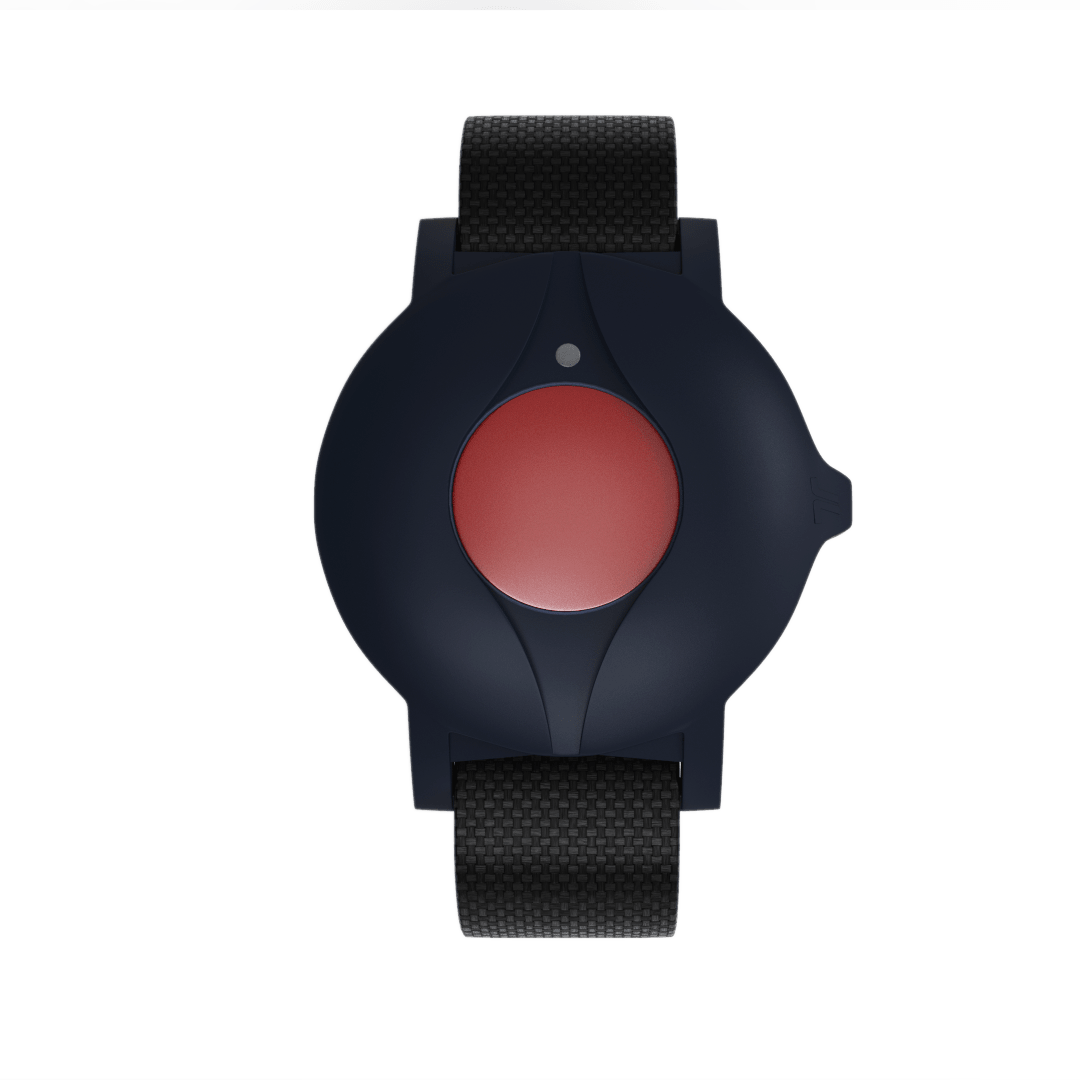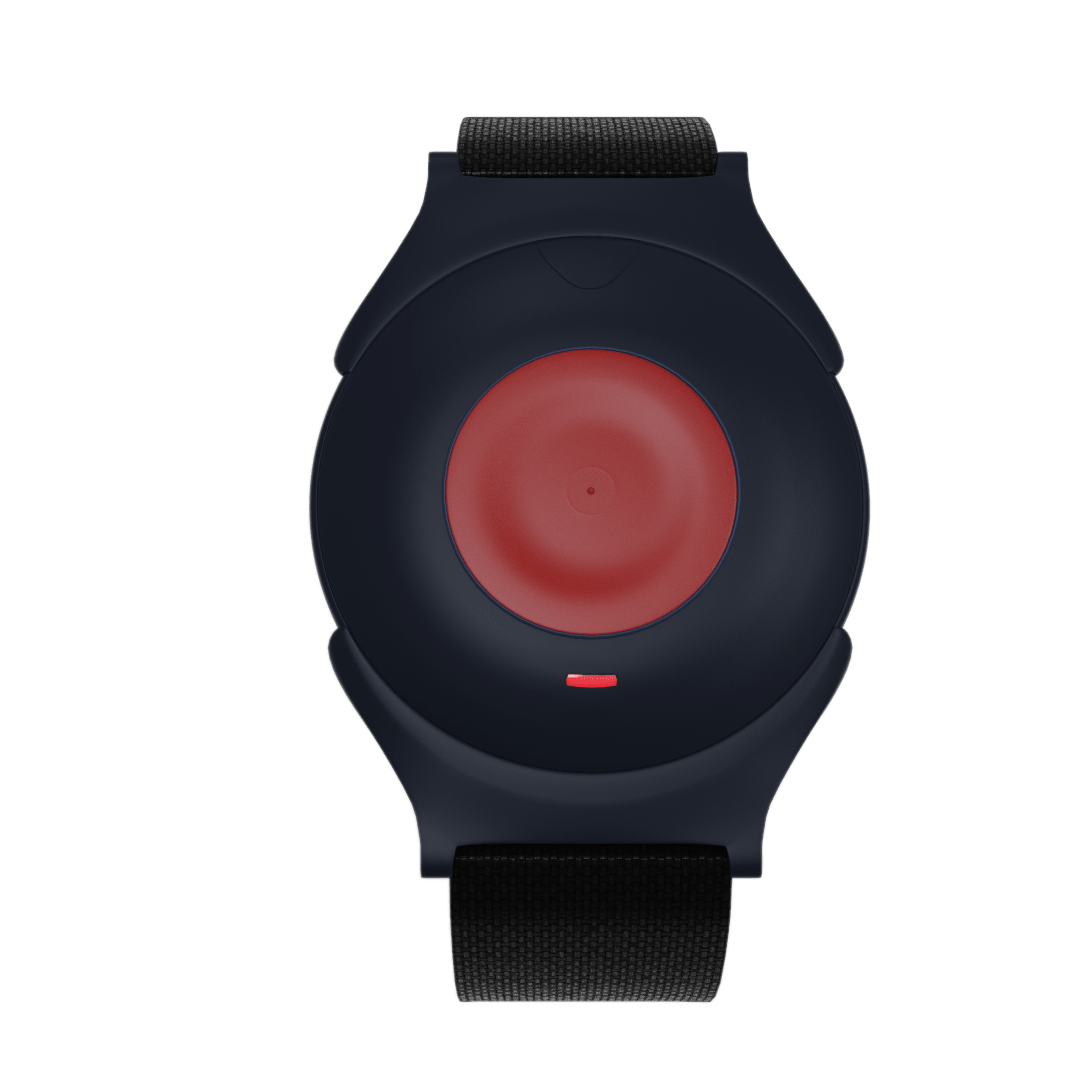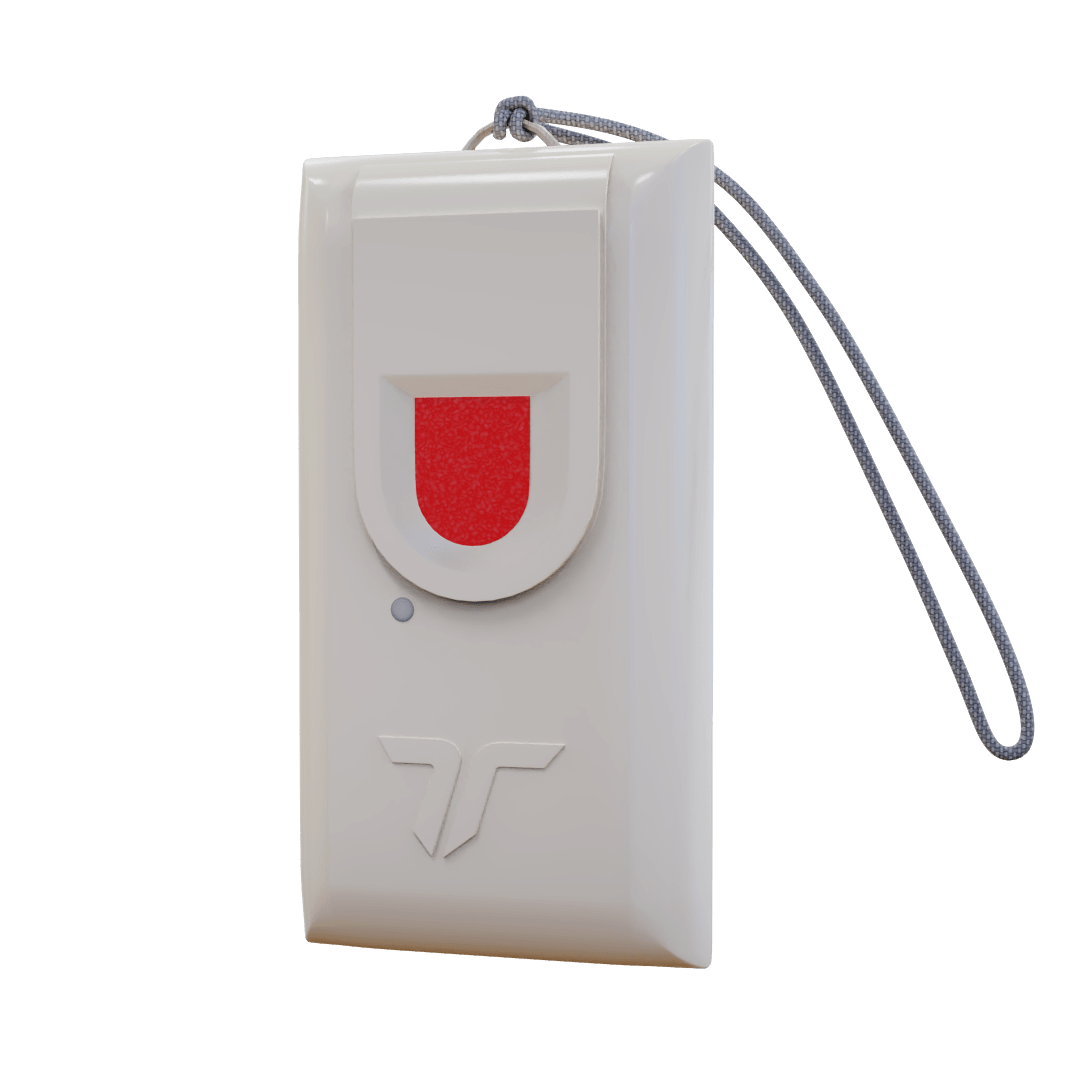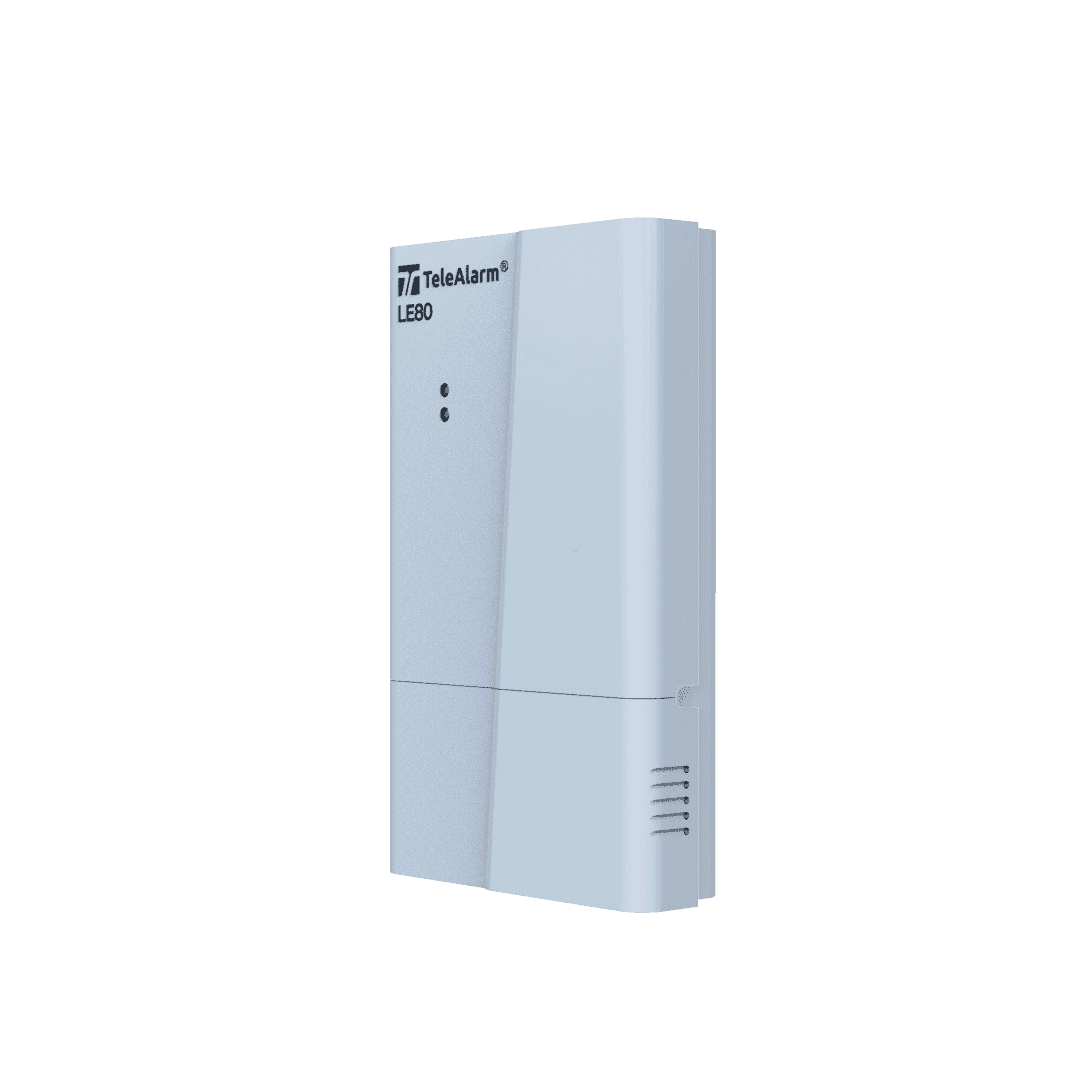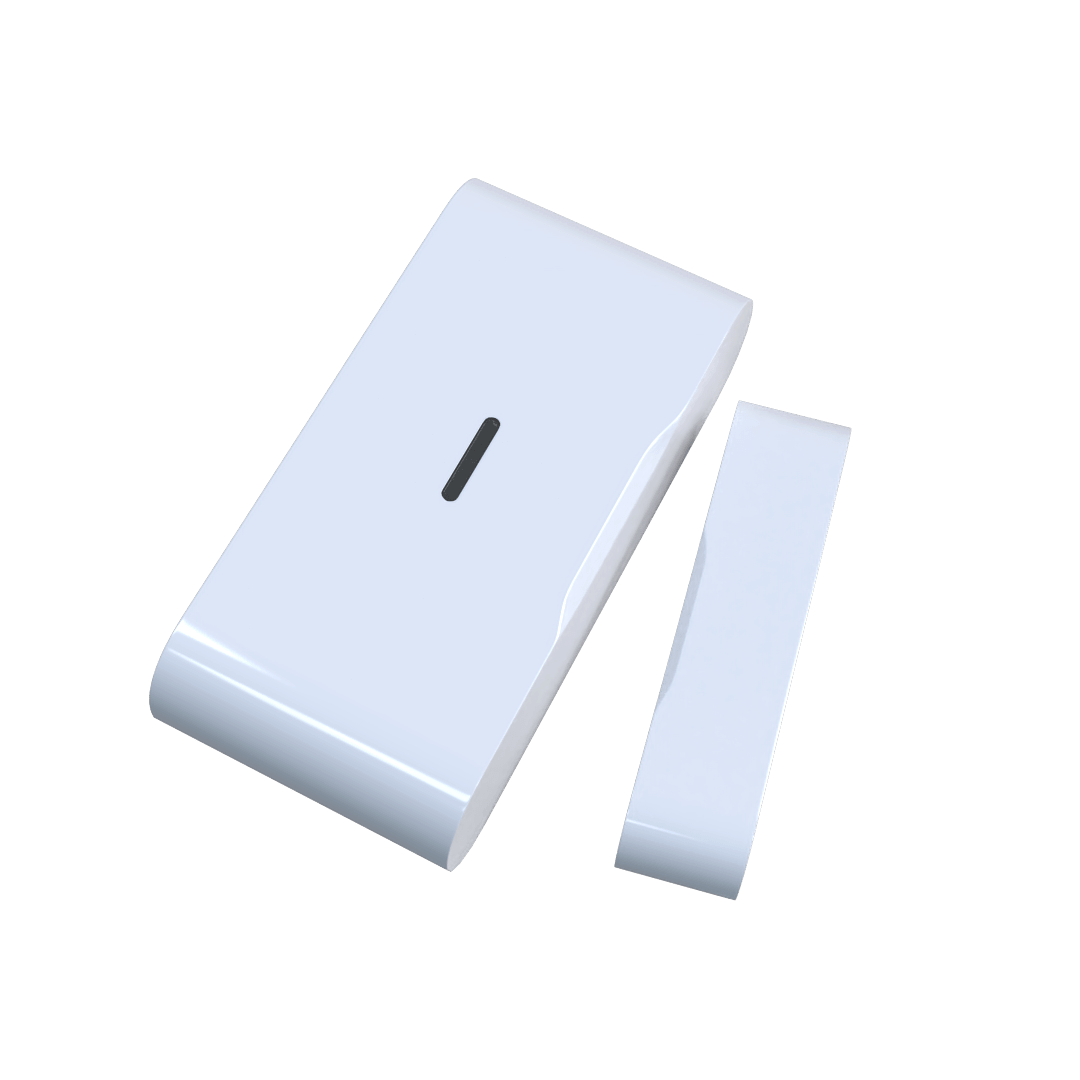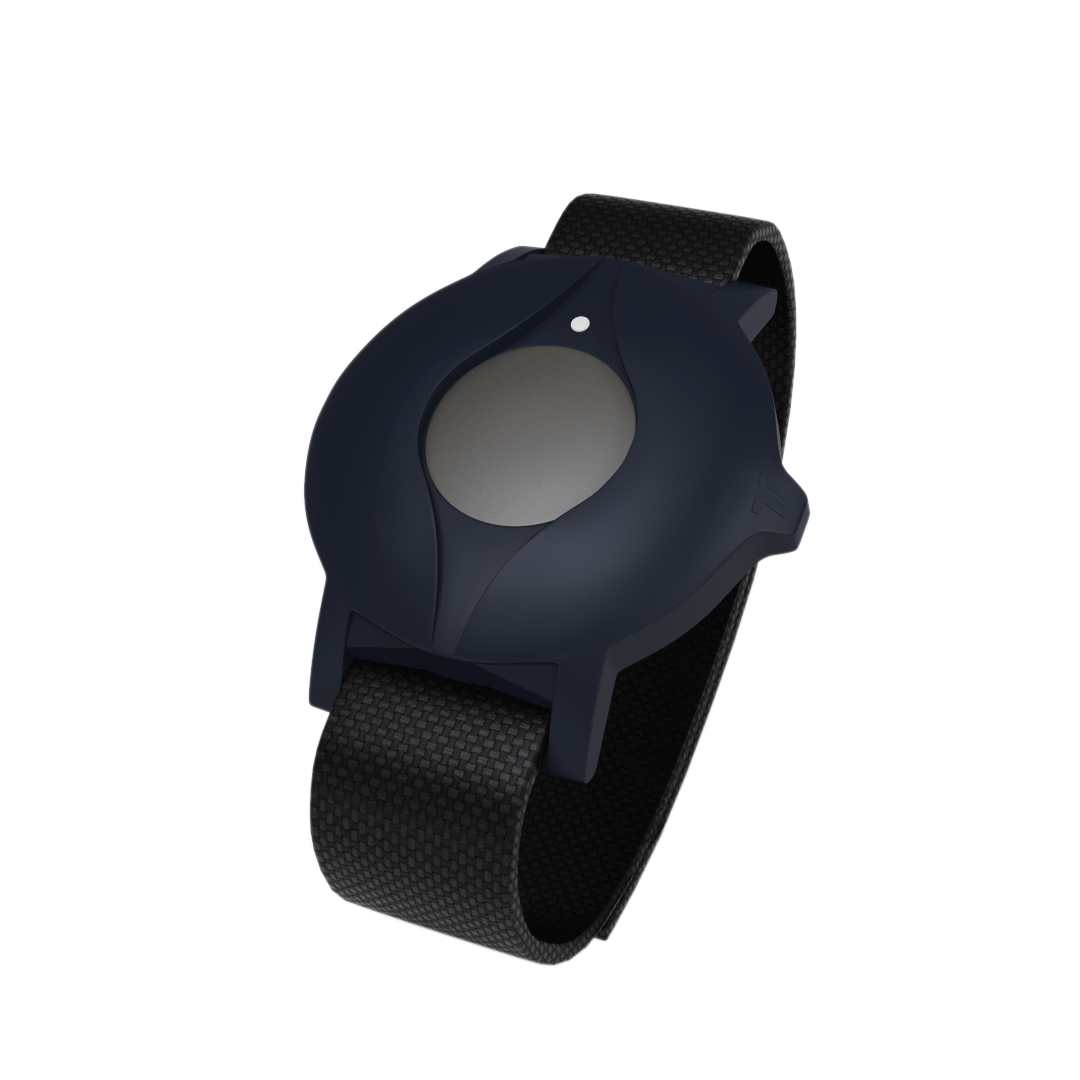In hospitals, nursing homes and other care facilities, the rule is: as much independence as possible, as much help and care as necessary. To ensure the safety of patients, a NurseCall system is essential in these homes, because it allows patients to request help quickly and without complications in an emergency. And caregivers also benefit from a well-designed nurse call system: the quick localisation of the call for help avoids unnecessary running, and the balance between efficient facility operation and humanity is facilitated. As a manufacturer of nurse call systems, TeleAlarm not only offers you highly functional systems for your facility, but also a lot of important information on the subject. With our NurseCall Guide we answer the most important questions.
Contents:
- What is a NurseCall system?
- Where are nurse call systems used?
- What are the advantages of modern nurse call systems?
- How does a nurse call system work?
- How can nurse call systems facilitate the care of dementia patients?
- What standards apply to nurse call systems?
- Modern nurse call systems from TeleAlarm: Our NurseCall systems at a glance
NurseCall: TeleAlarm is your strong partner for reliable nurse call systems – benefit from our experience and expertise in nurse call in your facility!
What is a NurseCall system? How do nurse call systems work and what advantages do they offer? Which nurse call systems are available from TeleAlarm and what should you look out for when choosing a nurse call system for your nursing home, hospital or other medical/nursing facility? We answer these and other questions in our guide – and would be happy to answer them personally in a non-binding consultation!
What is a NurseCall system?
A NurseCall is also known as a nurse call or patient call, and all terms summarise the function well: A patient calls a caregiver as needed. The triggering of the message is indicated by a visual (and, if necessary, acoustic) signal.
The basic principle of nurse call systems was designed by Alois Zettler in the 1880s. Since then, the idea has been continuously developed and improved: what started as a mechanical pull-cord system with bells, bells and drop-down light call is now available as NurseCall-IP system with fully integrated wireless call system from TeleAlarm and handy radio transmitters in the form of wristband transmitters and cord transmitters. This means that the nurse call system is no longer limited to one room, but provides security throughout the entire building.
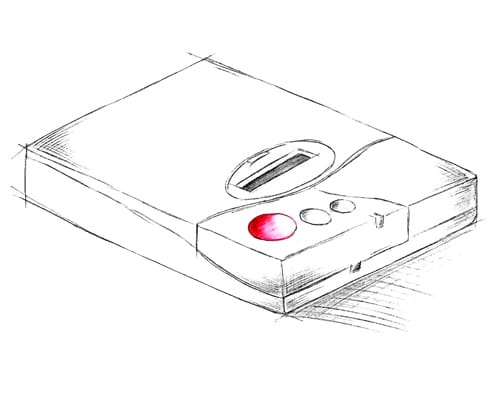
Where are nurse call systems used?
Nurse call systems were originally developed for hospitals, where they are still part of the fixed building equipment today. In addition, the call systems are also used in other medical and nursing facilities, e.g. in
- Retirement homes or homes for the elderly
- Nursing homes
- Assisted Living & Home Care
- Rehab facilities
- Psychiatric and forensic institutions
- Medical practices
The installation of a call system is also mandatory in publicly accessible barrier-free toilets and sanitary facilities as well as in correctional institutions.
What are the advantages of modern nurse call systems?
Call systems according to DIN VDE 0834 are not only recommended as a recognised rule of technology in hospitals, nursing homes and similar facilities – well-designed nurse call systems offer important advantages for operators as well as nursing and care staff and patients.
Advantages of nurse call systems for operators
- Low planning effort with maximum flexibility of requirements
- Low installation effort due to radio or IP-based devices
- Easy maintenance and replacement of defective components
- Flexible expansion options
- Uncomplicated transfer when moving to new buildings
- Complete logging of all events for seamless documentation
Advantages of nurse call systems for nursing and care staff
- Intuitive and uncomplicated operation
- Efficient call distribution for optimal care processes
- Organisational and time relief in the daily work routine
- Reliable call reception
- Easy localisation of emergency messages
- Problem-free adaptation to current requirements thanks to easy programming
Advantages of NurseCall for patients
- Safety through rapid help, especially in an emergency
- Position-independent triggering of the emergency call
- Harmless radio technology
- Simple operation of the radio transmitters
- Reliable safety through stable radio transmission
- Guaranteed call triggering at any time
A NurseCall from TeleAlarm opens up many different advantages for you. For example, the new iCall fulfils the requirements for call systems according to DIN VDE 0834, the radio-based NurseCall system with Main and Relay Unit offers additional interesting functions. Contact us – we will be happy to inform you about the possibilities of our systems.
How does a radio-based nurse call system from TeleAlarm work?
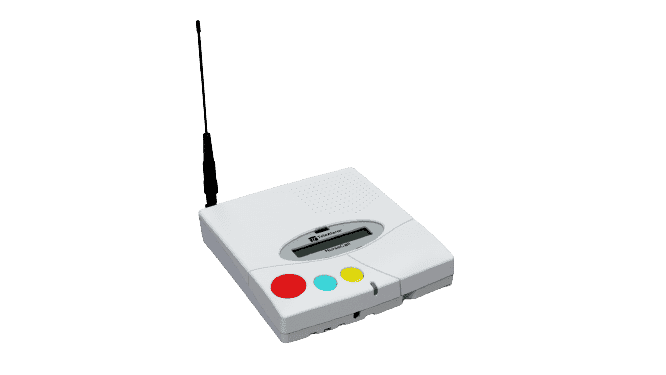
A radio-based TeleAlarm NurseCall always consists of several components:
- Main Unit: The Main Unit is the central element of the radio system. All incoming messages are received by this unit. If the NurseCall Main Unit is connected to peripheral devices, the data can also be transmitted to these devices – a connection of the TeleAlarm devices with existing DECT communication and paging systems is possible in many cases without any problems.
- Relay Unit/Relay Plus Unit: With the Relay Unit or Relay Plus Unit you can extend the reception range of your nurse call system. The units operate via RS485 data transmission and support a remote user console (display and keypad), the Relay Plus Unit also supports the management of a corridor display.
- Radio transmitters: Radio transmitters are the units of the nurse call systems with which the alarm is triggered. They are available as room transmitters as well as radio hand-held transmitters and corded transmitters, or in versions as companion transmitters and acknowledgement transmitters, ensuring maximum flexibility and safety for the patients and residents of the facility.
All components use the same radio frequency. The range of TeleAlarm nurse call systems can be extended beyond the actual facility due to the wireless concept, in order to protect private residential units (e.g. for assisted living).
How the TeleAlarm nurse call systems work
- By pressing the alarm button on the NurseCall device, an alarm or call for help is triggered. The radio transmitter signals to the patient by a brief flashing LED that the call has been sent and received.
- The alarm is transmitted by radio to the control centre (Main or Relay Unit).
- In the control centre, both the red button and the LED indicator light of the receiver unit flash.
- An acoustic signal informs the nursing and care staff that an alarm has been received; in addition, a visual signal (e.g. a corridor display) can also be activated as required.
- The data about the alarm are displayed on the Main or Relay Unit. The number of the detector and the position appear in plain text, provided the alarm was triggered by a registered device with localisation function.
- Depending on requirements and previous programming, the alarms and events can be transmitted to a computer with an alarm management programme; direct forwarding to DECT or paging systems is also possible.
- If the nurse call was triggered via a multifunctional room transmitter, the nursing and care staff can request additional help via the blue button. The combination of the blue and red button enables an “urgent call” to be made.
- The local acknowledgement of the call is done via the green button of the TeleAlarm Main Unit or Relay Unit. Alternatively, the alarm can be reset locally via a specifically developed acknowledgement transmitter.
Through the individual combination of Main and Relay Units, radio transmitters and compatible DECT and paging systems, you can thus cover the entire facility, ensuring not only constant accessibility, efficient call distribution and security, but also maximum mobility for your patients.
How can nurse call systems facilitate the care of dementia patients?
The number of dementia sufferers is steadily increasing – therefore a reliable solution for the challenging care situation is becoming more and more important for retirement and nursing homes. If staff resources are limited, but at the same time the highest level of security and mobility is to be ensured, a TeleAlarm NurseCall offers a well thought-out way of reconciling these goals. Our NurseCall offers you clear advantages:
With TeleAlarm call systems you can define a stay area. If a patient wearing a radio transmitter (e.g. as a wristband) leaves this area, an alarm is automatically triggered and the position is transmitted to the centre. In addition, with TeleAlarm accessories it is possible to lock doors automatically to prevent unintentional leaving of the facility.
Radio or IP-based nurse call systems can be easily integrated into existing facilities. Unlike wired nurse call systems, there is no need for time-consuming installation of the components; the nurse call system can be easily installed without interrupting ongoing operations.
TeleAlarm nurse call systems efficiently relieve staff, as they can concentrate on their work without having to repeatedly interrupt it for search operations. Call forwarding can easily be set up for incoming messages, allowing nursing and care staff to move freely and still respond immediately to emergencies.
If a resident of the facility is accompanied by a nurse wearing a NurseCall wristband transmitter with escort function, the system recognises that the patient is in safe escort. In this case, the automatic alarm is suppressed.
The runaway protection allows patients to use their full freedom of movement within the defined facility area and reliably protects them from the dangers of leaving the facility.
Which standards apply to nurse call systems?
Nurse call systems are mandatory in various facilities. This includes hospitals, nursing homes and similar facilities. This is also stated in the title of the most important standard for nurse call systems: DIN VDE 0834. Nurse call systems according to DIN VDE 0834 are stand-alone systems that can be used to call (or search for) persons. The standard formulates framework conditions for time and function sequences, technical limit values as well as for the human-system interface. Concrete specifications for the technology to be used are described, which takes into account the rapid technical progress.
Call systems according to DIN VDE 0834: The relevant regulations for radio and IP-based nurse call systems.
- Call systems according to DIN VDE 0834 have their own line and transmission network, which is independent of existing networks.
- Absolute priority over all other services shall be assigned to the call functions.
- The guarantee of emergency operation must be ensured.
- No transmission paths of other systems may be used for nurse call systems.
- However, additional services (radio and television reception, telephone connection, light control) may be routed via the nurse call systems, but only if the shared use does not affect the nurse call systems in the event of a fault in the third-party system.
- Data exchange with third-party systems may only take place via certified interfaces of the NurseCall manufacturer.
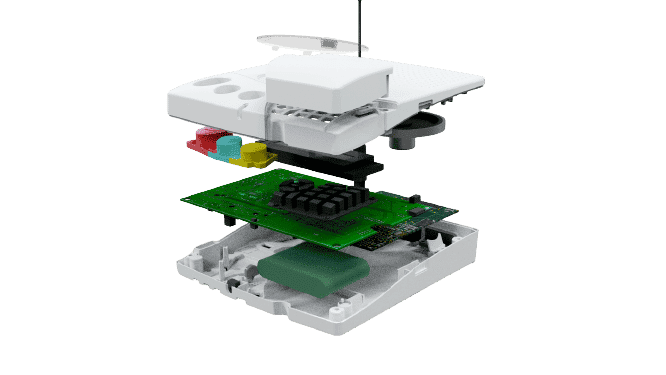
For the installation and operation of call systems according to DIN VDE 0834, further minimum requirements must also be observed. Detailed information on this can be found in the standard (available at https://www.beuth.de/de/norm/din-vde-0834-1/252222564) and from your specialist planner for call systems.
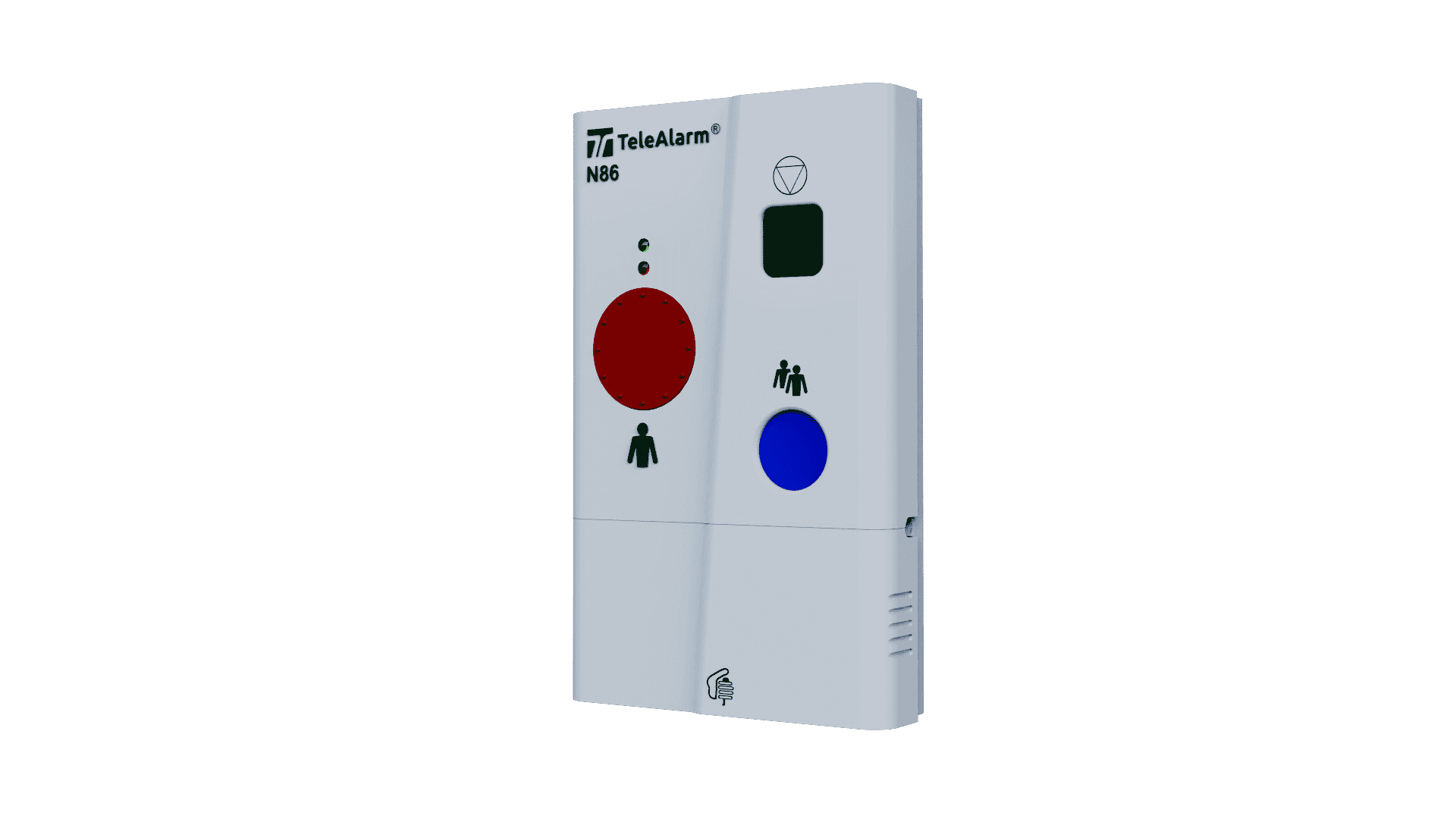
Nurse call systems must be regularly checked for correct operation and functionality. Prescribed here are inspections and maintenance that are
-
- at least quarterly and
- at approximately equal intervals
shall be carried out. The responsibility for these tests lies with the operator of the call system. He must either be an instructed person for this himself, but can also commission an instructed person with the work. Inspections must be carried out on the operator’s own responsibility if irregularities occur or signs of impairment of permanent operational readiness are apparent.
Furthermore, in addition to DIN VDE 0834, other technical rules and legal regulations apply to nurse call systems in care and nursing facilities, such as
- Home Minimum Construction Ordinance
- Din EN 50134 (Alarm systems – Nurse call systems)
- DIN 77800 (Quality requirements for providers of the form of housing “Assisted Living for People)
- DGUV Regulation 112-139 (Use of personal emergency call systems)
As an experienced and certified manufacturer of nurse call systems, we will be happy to answer any open questions you may have – get in touch with our experts!
Modern nurse call systems from TeleAlarm: Our NurseCall systems at a glance
.
TeleAlarm’s core competence is home emergency call systems and nurse call systems on radio and IP basis. With our hardware and software products, we offer operators of medical-care facilities such as retirement and nursing homes, hospitals and assisted living facilities innovative complete solutions for call systems.
Our solutions at a glance
TeleAlarm ICall: The IP-based nurse call system is the new generation of nurse call systems from TeleAlarm. The combination of IP technology and local bus allows you to bridge any distances – even across several buildings. The proven wireless call triggers are integrated into the fully wired nurse call system according to DIN VDE 0834, making the entire system particularly flexible and maximally reliable. Any number of local bus (LB) receivers can be connected to the system, allowing unlimited integration of wired and wireless devices. Servers, controllers or external hardware are no longer mandatory: all devices can be programmed individually or remotely as needed. The flexibility of the cabling also makes the system suitable for renovations and refurbishments at competitive prices.
TeleAlarm accessories: With an extensive range of accessories, TeleAlarm rounds off the range for your nurse call systems. In addition to room transmitters, radio hand-held transmitters as well as train release radio transmitters, with TeleAlarm you can also integrate RAC alarm contacts, smoke detectors and fall detectors as well as step mats, large-area ball push buttons, noise detectors or pneumatic cushions into your nurse call systems. For the localisation functions, we offer you various solutions from wristbands, transmitters with escort function to personal locator induction transmitters. In addition, we carry all the systems in the Lehmann Electronic GmbH product catalogue – we would be happy to present our entire portfolio to you in person!
TeleAlarm NurseCall: Our NurseCall is the proven solution for radio-based nurse call systems. It combines many different advantages and is future-proof thanks to the easy expandability of the system. The call triggering by radio in combination with the localisation functions offers maximum freedom of movement within the building for both patients and staff. In addition, the TeleAlarm NurseCall is so easy to install that the ongoing operation of the facility does not have to be interrupted – in case of a move, the system can simply be taken to the new facility.
We will be happy to advise you individually and according to your needs on the advantages of our systems for your planning and furnishing – please contact us!
Latest news about TeleAlarm
Don’t miss any information or technical updates by subscribing to our newsletter.
Assistive Technology
Audio Extension
NurseCall Systems
Customer Service








